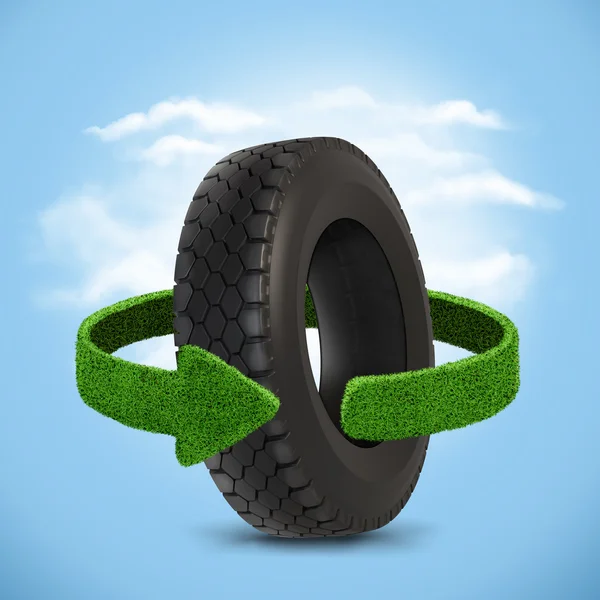Green tyres employ eco-friendly materials that minimize their environmental footprint, replacing traditional ones and cutting energy usage during manufacturing.
Major tire-manufacturing companies are placing increasing emphasis on producing tires with reduced rolling resistance, leading to reduced fuel consumption. This goal can be reached using sustainable resources like green rubber and silica for production of these tyres.
Recycled Carbon Black
Carbon Black (CB) is an essential rubber reinforcing additive used to increase tread durability, lower rolling resistance and increase traction on tires. While production traditionally relied on fossil fuels for production of CB, calls have grown for its production to become more environmentally sustainable and embrace circular economic practices.
One method of doing so is through recycling carbon blacks (r-CB), which can be obtained from end-of-life tires (ELTs). ELTs undergo thermal catalytic decomposition known as pyrolysis to produce fuel gas, oils and solid residue. This process also offers the potential to produce r-CB as an environmentally-friendly replacement to fossil fuel-based carbon blacks.
r-CB is currently used exclusively in pre-cured tread compounds that meet Malaysian Standard MS1208:2020 specifications. Test results have demonstrated its ability to provide cooling running tyres, low heat generation, and reduced rolling resistance with its use of grades with higher iodine absorption numbers and rebound resilience.
Polystyrene
Tires release chemicals into the environment during their lifespan. For instance, one such pollutant – 6PPD-quinone used to harden rubber has been linked with fish deaths in Washington state. The tire industry seeks to decrease TRWPs by researching alternatives to 6PPD such as recycled oil.
Manufacturers are working to decrease their environmental impact by employing eco-friendly materials and innovative technology. Furthermore, they focus on reducing rolling resistance of their products in order to give drivers more miles from each tank of fuel they purchase, thus lessening carbon footprint.
Goodyear has designed a demonstration tire made of 90% sustainable material and successfully completed all regulatory tests, boasting low rolling resistance with silica for improved road gripping properties and using bead wire and steel cords produced using recycled or renewable raw materials through electric arc furnace processes.
Silica Filler
Fuel economy has become an increasing focus, prompting tire manufacturers to find ways to help reduce energy usage in vehicles. One approach involves minimizing friction between tires and roads by using silica filler as reinforcing material; silica helps the rubber stretch while simultaneously decreasing road friction.
Your car uses less energy to move forward, saving money at the pump and lowering carbon footprint. Furthermore, adding silica to tires reduces rolling resistance for further improved fuel efficiency.
Some companies even use waste from their own production processes to make eco-friendly tires. Goodyear created an eco-friendly demonstration tire using soybean oil instead of petroleum as it keeps the rubber compound flexible and provides excellent wet weather grip performance. Furthermore, silica filler made from rice husks was added for filler purposes.
Rice Husks
Rice husks have recently come into focus as an innovative sustainable product. A byproduct of the industry, this byproduct acts as an insulator and weighs only around one-tenth as much. Plus it resists mold and fungus growth – perfect for gardens or containers needing additional bulk!
Animal bedding, insulation materials and abrasive products are just some of the uses for rice hulls in industry. According to one paper published by “Frontiers of Built Environment,” researchers combined shredded rice hulls with recycled and shredded newspaper (which provides structure), borax (which makes the mixture resistant against fungus and fire), glue, to create an eco-friendly alternative to cement and mortar that was lightweight yet eco-friendly.
Rice husks can provide renewable energy via combustion or gasification. Combustion uses a heat exchanger to produce heat for drying paddy; gasification converts it to syngas, which can then be used either as fuel or in cogeneration systems to produce electricity.








